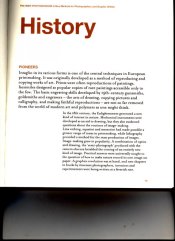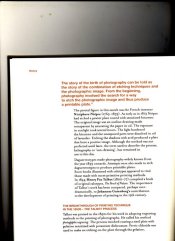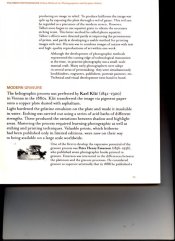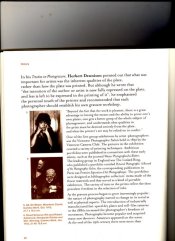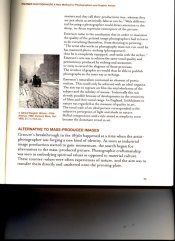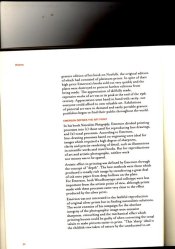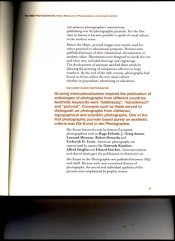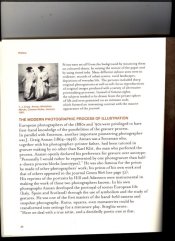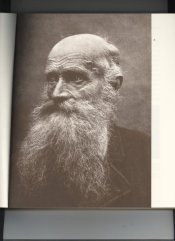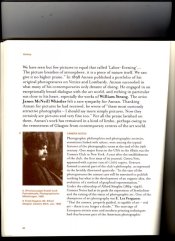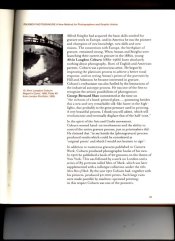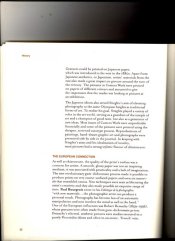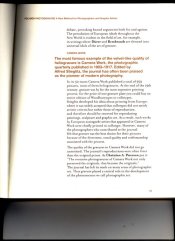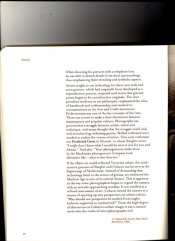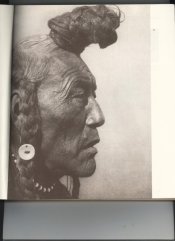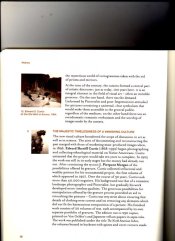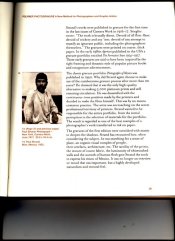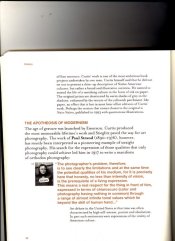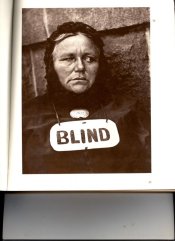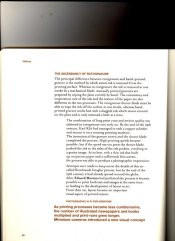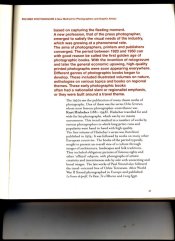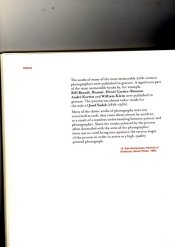The thing about presses is that they are not all made equally. Because of the shallow relief of photogravure you need a press that can exert an enormous amount of pressure evenly, not all presses are capable of it. I own a Takach and it works great. Others are a Griffin(modified) and some older presses that were built like tanks. I know a Wheelan can't, probably not a Conrad, or any of the stuff Dick Blick sells.
Yes, photogravure is a serious undertaking. But if you have a good teacher you can learn quickly.
Crown Point Press just posted their schedule for their workshops. Photogravure is included, and there is hardly a better place to learn photogravure.
The basics of the process for a photogravure with a screen are these:
1) You create a positive. You can use traditional methods or digital. If your not handy with the darkroom yet, digital is better, you will have better control and go through less copper as you learn. The positive has to look somewhat flat in order to translate correctly to the gelatin tissue. (Density readings .4 to 1.5)
2) In a room with a yellow bug light you sensitize the gelatin tissue for three minutes using a 3.5% mixture of Potassium Dichromate (
http://tinyurl.com/yboa3hv). Squeegee on to pristine Plexiglass and let it dry. It takes a couple of hours. When there is no resistance, peel off from the plexi, store in a cool dark place. The pigment is now light sensitive.
3) Cut a piece of copper a couple of inches larger that your positive. Using TSP degrease the plate front and back until the water no longer beads. Rinse and submerge in a solution of 3% Glacial Acetic acid. You can also use a vinegar bath, but I can't remember the concentration. Essentially you want to very briefly (4-5 seconds) brighten the plate. Rinse the plate and fill a tray larger than the plate with distilled water and immediately submerge the rinsed plate. Take it to the room with the yellow bug light.
4) Attach the positive to the sensitized tissue. Use Goldenrod paper, or any other type of light blocking material to create a safe edge around the positive. Create a space to attach a Stouffer 21 step tablet next to the positive. This will be used to judge the etch process.
5) Expose the positive to an UV light source, preferably with a vacuum unit. The amount of light has to be arrived at by trial tests. If you are using a screen instead of an aquatint, then remove the positive, cover with the screen and expose the tissue a second time to the same amount of light.
6) In another tray slightly bigger than the tissue pour an 60% solution of Ethyl alcohol no higher than 65F. Submerge the tissue until it relaxes, about two minutes.
7) Remove the tissue from its bath by the edges and place image side down in the tray with the copper plate. Float the tissue and very carefully dip one side of the tissue until it touches the copper. That corner of the tissue should immediately stick to the copper. Slowly lift the copper out of the water by that same corner. Making sure not to disturb the water too much. You want to avoid bubbles.
8) Place in a flat surface hold on to the corner that's stuck to the copper and quickly and with even pressure, squeegee the tissue on to the copper. Do it again from the opposite direction. If everything went well and the exposure is correct you should see the outline of the image on the tissue. Set it to rest for a few minutes.
9) Empty one of the trays and fill with 112F water and slowly submerge the copper and tissue. Wait 3 minutes. You should see the gelatin melting on the edges. Stick your fingernail under a corner and try to lift the tissue. There should be a small amount of resistance. Kind of like when you try to remove a wet band-aid. Anymore than that wait another two minutes. If it's ready, remove the tissue in one slow smooth motion. Never stop mid-removal. Maintain the water at 112f and swish the water back and forth, the tissue will start to dissolve. Keep adding water to maintain the temperature and keep developing until the water is clear, about ten minutes. At that time slowly cool the water until it's at your locale normal temperature. Empty the tray and pour 85% ethyl alcohol. This will displace the water left in the tissue so it will dry evenly.
10) After 5 minutes in the bath, remove and place vertically against the wall. Drain and wipe the bottom of the plate(the part that has bare copper) Rotate around all sides until the plate no longer drips. You can accelerate the process by using a blow dryer on low heat. The plate will become dull quickly. Don't touch or let anything settle on the surface. The plate is no longer sensitive. Place in a room with a humidifier at 60% humidity and 65F for at least 4 hours.
11) Use contact paper to protect the back and edges of the plate. You can also use asphaltum, but it's messy to use and clean. Once the plate is protected, set two trays, one with 45 baume Ferric Chloride, the other with 43 baume. Set a timer for 30 minutes. Submerge the plate in the 45 bath and start the timer. Check the plate every 15-30 seconds. look at the Stouffer tablet, some of the steps might start to etch. You can tell a step is etching because the step starts to get darker than the one in front of it. After two minutes there should no etching below the 13 step and there should be no etching on the plate at all. If so, move the plate to the next bath. If the image has started to etch in the 45 bath, the plate is under-exposed.
12) Look at the image, once you see the first signs of etch in the image look at the steps and see which one is currently being etched, note the time. These will be your blackest featureless blacks. You want to be somewhere on step 13-14. Your note should read something like this:
25:45 /43 Baume/ 14
From now on you want to etch each step for about 2:00-2:30 minutes, if you see that a step takes too long, you move it t a lower baume to speed it up, if it's too fast, move it to a higher baume to slow it down. The total etch time should be from 25 minutes to up to 45 minutes or so. Any less the plate will be flat, anymore it will be too contrasty and foul bitten. Any time you either move to a different baume or you see the start of etch in the next step, you write it down. After a while you'll see the pattern of progression. Your notes should look something like this:
25:45__43 Baume__Step 13 Start of etch (black wires)
23:15__43 Baume__Step 12 2:30
21:20__43 Baume__Step 11 2:05 Street
18:35__43 Baume__Step 10 2:15
16:00__43 Baume__Step 09 2:30 Dark trees
13:15__43 Baume__Step 08 2:45
13:00__41 Baume__Step 08
11:00__41 Baume__Step 07 2:00 Blue Sky
08:45__41 Baume__Step 06 2:15
06:15__41 Baume__Step 05 2:30
03:25__41 Baume__Step 04 2:50 Grey clouds
03:20__39 Baume__Step 04
00:50__39 Baume__Step 03 2:30 White Clouds
00:20__39 Baume__Step 02__:30 Out!
As you can see etching is the most difficult part of the process and where you can make or break your image.
13) Immerse the plate in water quickly. Remove the contact paper or asphaltum. Take into a sink and clean. Briefly dip into the solution used to brightened the plate before. Dry and take some brasso and gently shine the plate. Finally clean with thinner or any green solvent you may have.
From then on the steps are the same as printing any copper etching. But beware the first couple of prints will look awful. The plate will need to "mellow" by going through the press several times. I usually start by setting the pressure on the press. Taking some damp paper and getting the plate to go through the press three or four times without ink. Maybe go over it with Brasso one more time, then inking the plate. This helps so you won't have a heart attack after all this work. Wash, rinse and repeat.
Good luck!





 I've done some solarplate work with her previously...
I've done some solarplate work with her previously...
